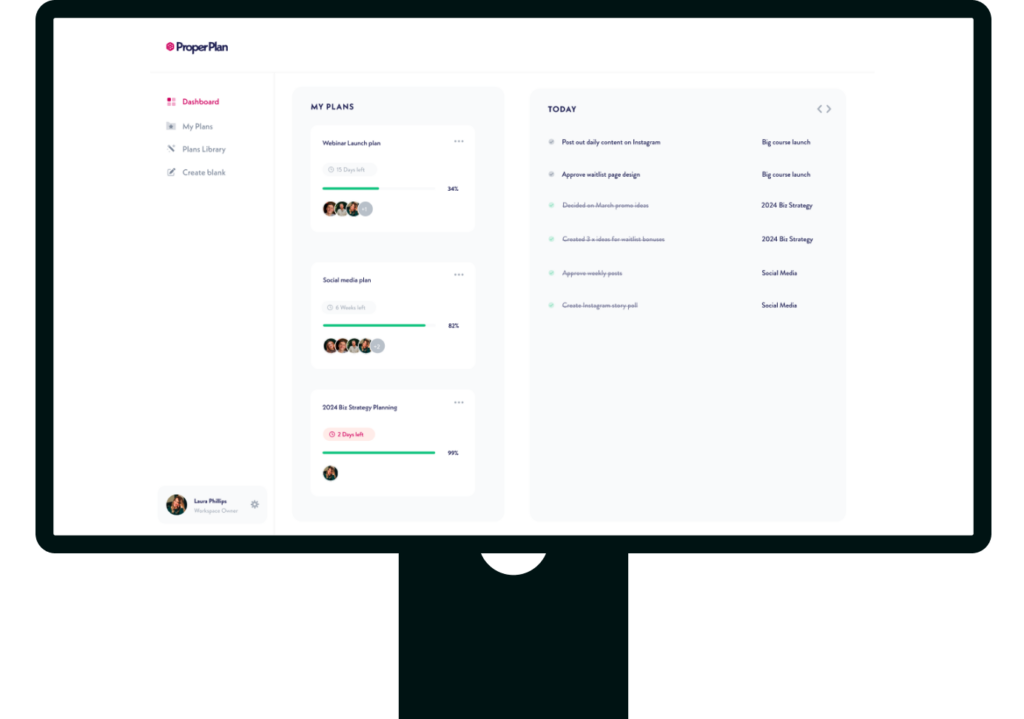UX Design Services
Lead with the user, not the tech. This philosophy underpins the creation of successful products, websites, and apps that captivate and engage users. At Hiyield, we prioritise user experience (UX) and user interface (UI) design to ensure that every digital solution is not just functional but also intuitive and delightful.
UX & UI design
The user at the heart of it all
At Hiyield, we place the user at the core of every design decision, whether it’s for a product, solution, website, or app. Our approach combines essential techniques with cutting-edge tools to create deeply resonant and meaningful user experiences, prioritising simplicity and elegance. This ensures our designs are not only aesthetically pleasing but also highly functional and user-friendly.
By focusing on intuitive navigation and interactive elements, our designs naturally lead to increased user engagement. This user-centric approach not only enhances conversion rates but also boosts user retention by making interactions seamless and straightforward. Additionally, by maintaining brand consistency across all platforms, we reinforce your brand’s identity, which strengthens your presence and fosters trust among users.
Furthermore, by leveraging the latest design trends and technologies, we are poised to deliver innovative solutions that anticipate and meet evolving user needs. This forward-thinking strategy sets your digital products apart from the competition, ensuring they remain relevant and compelling in a fast-paced digital landscape.

How we carry out UX & UI design
Understanding Your Audience: It all starts with deeply engaging with your users. We explore their preferences, expectations, and emotions to uncover what they truly desire. Armed with these insights, our designers craft the user interface (UI), beginning with wireframes and prototypes that adhere to modern UX principles. Every design step is intentional, tailored to align perfectly with the user’s needs and desires.
Testing and Feedback: This phase is critical. We test the designs with users to gather essential feedback that informs the evolution of your product. This iterative process helps us avoid unnecessary design complexities and ensures that our creations meet both the practical and emotional needs of your users.
Creative Execution: Our designers then skilfully use colour, typography, and animations to evoke the desired emotional response from your audience. This approach brings the digital experience to life in a manner that is not only visually spectacular but also intuitive and engaging.

How this helps your business

Enhanced user engagement
Our design philosophy prioritises intuitive navigation and interactive elements, significantly boosting user engagement. By creating a user-friendly interface, we ensure that users not only visit but also stay, explore, and interact with your digital products.

Increased conversion rates
With a focus on seamless user experiences, our designs improve the usability of your digital products, leading to higher conversion rates. As users find it easier to navigate and achieve their goals, their likelihood of taking desired actions increases.

Brand consistency
We maintain a strong visual and functional consistency across all platforms, reinforcing your brand’s identity and increasing user trust. This consistent brand experience is crucial for building loyalty and recognition in a competitive digital environment.

Hiyield really did their best to understand our needs as a business, and they felt like an extension of our team.
Chloe Hughes , The Wave
Explore related work
Explore more Services
Discovery & UX Design
Hiyield’s Discovery & UX Design team go from research and definition to sketches and user-tested high quality prototypes, tailored to your unique vision, ensuring that each interaction provides a memorable user experience.
Development
Our Development team specialises in creating bespoke web and mobile solutions. We turn your ideas into efficient, scalable, and eco-friendly digital products.
Strategy
With Hiyield, it’s a partnership. Together, we build sustainable strategies, prioritising your growth and making certain our work together leaves a lasting positive mark.

Let’s get started!
Great digital products aren’t just built, they’re co-created. Together, let’s breathe life into your idea, crafting solutions that stand out.








